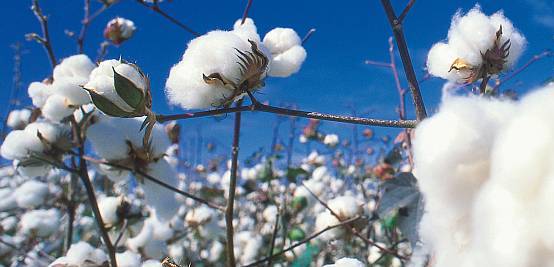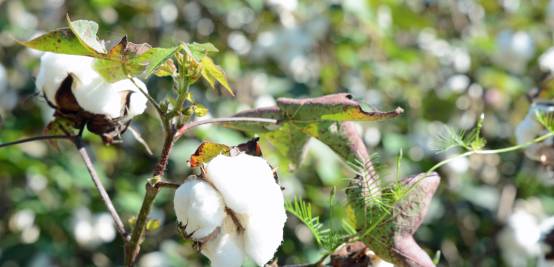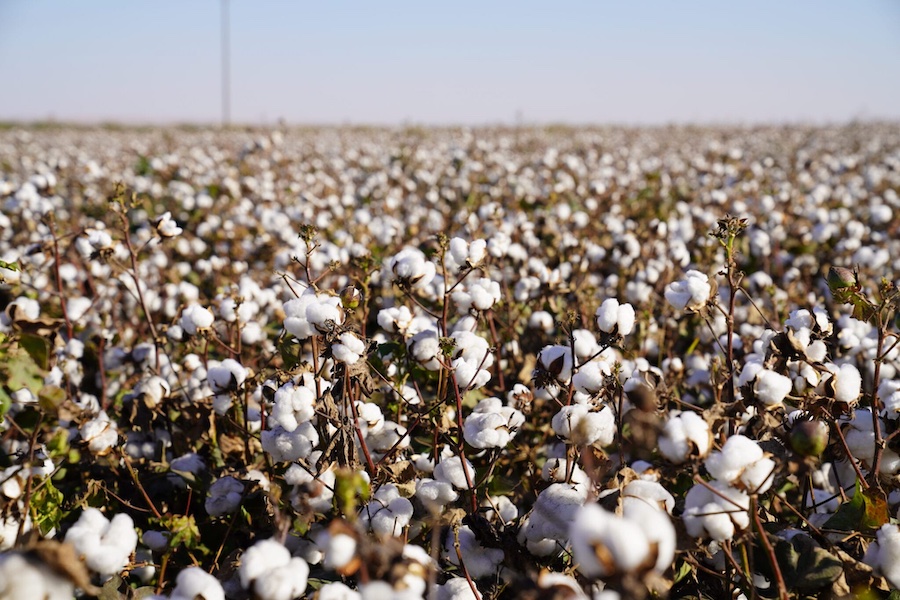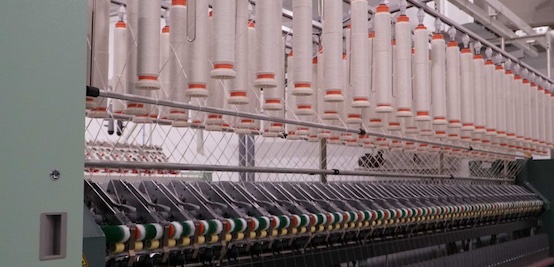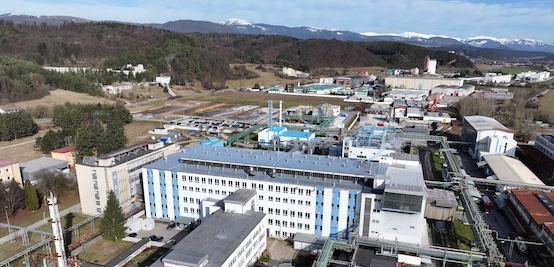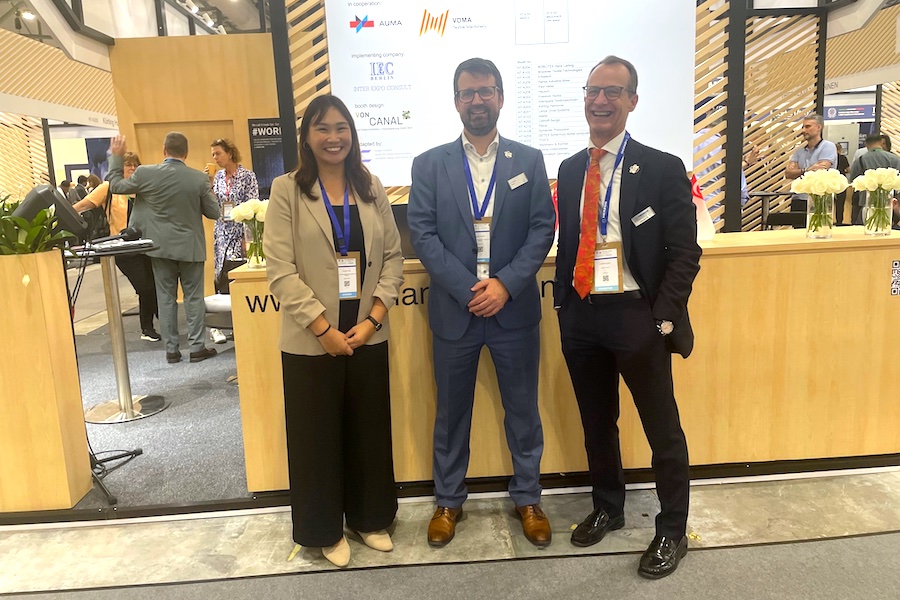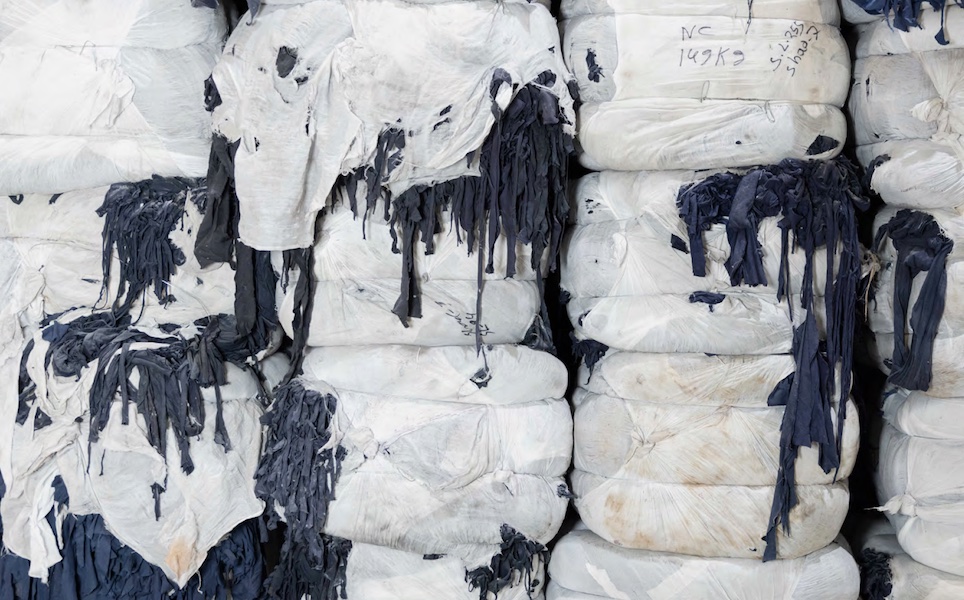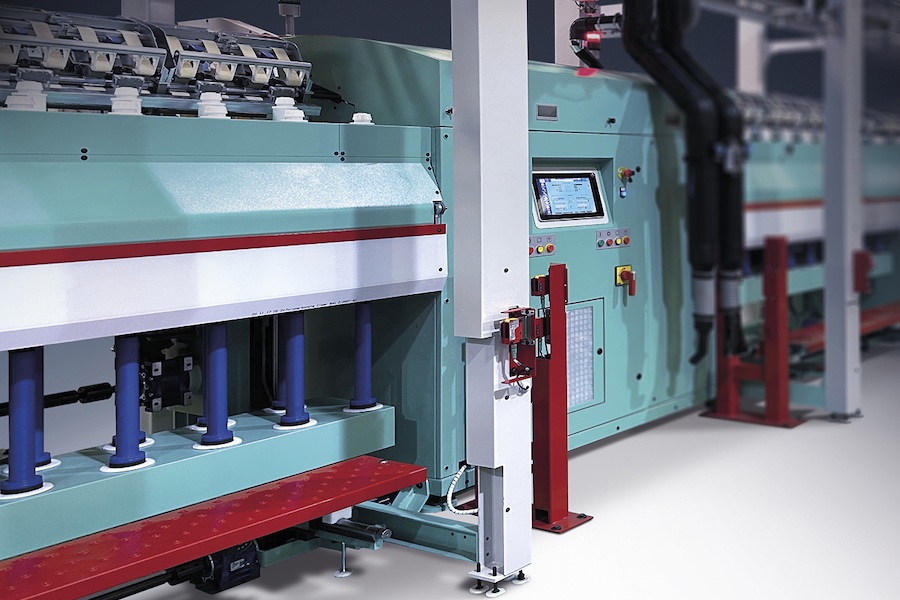#Raw Materials
The evolving landscape of cotton planting decisions in 2025/26
Growers in the Northern Hemisphere, particularly in the United States, India, and China, face a complex set of factors influencing their cotton planting decisions. Climate variability and water availability play a crucial role, as increasing unpredictability in weather patterns — including prolonged droughts, and excessive rainfall — necessitate a reliance on advanced climate models to determine optimal planting windows. Water availability remains a pressing concern, especially in water-stressed regions such as Texas in the USA and Gujarat in India.
In the Southern Hemisphere, cotton planting cycles differ, with major decisions occurring from September to December. Expanding arable land in Brazil offers a distinct advantage, as unlike the U.S. and India, where farmland is often limited, Brazil has been able to increase cotton acreage in the Cerrado region, utilizing degraded pastureland for high-yield cotton production. Favorable climate conditions provide another benefit, as Brazil’s well-defined wet and dry seasons reduce the risks of excessive rain during harvesting. In contrast, Australia faces water allocation restrictions, and Argentina deals with erratic weather patterns.
Price Projections
The Secretariat’s current price forecast of the season-average A index for 2024/25 ranges from 92.00 cents to 97.00 cents, with a midpoint at 94.00 cents per pound.
For the most up-to-date statistics, please refer to the Data Dashboard. It is updated with new data constantly, and that new information is immediately reflected on the Dashboard, making it a valuable, up-to-date resource all month long. You can view a video tutorial on how to use the ICAC Data Dashboard on the ICAC’s YouTube page here. * Please note: At press time, the Data Dashboard is unavailable. It will be restored as soon as possible.
Please note that the cotton balance sheets have been moved to the ICAC Data Dashboard. This ensures that the season balance sheets are always up-to-date and available whenever you need them. This also helps to reduce errors because the data is compiled directly from our database. They are included in this PDF report, but we strongly encourage users to obtain all data from the Dashboard.



